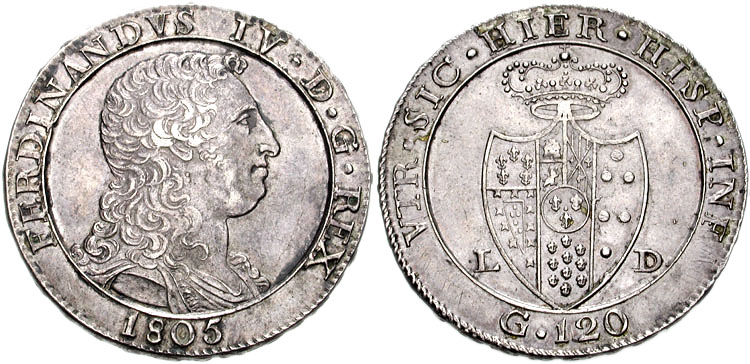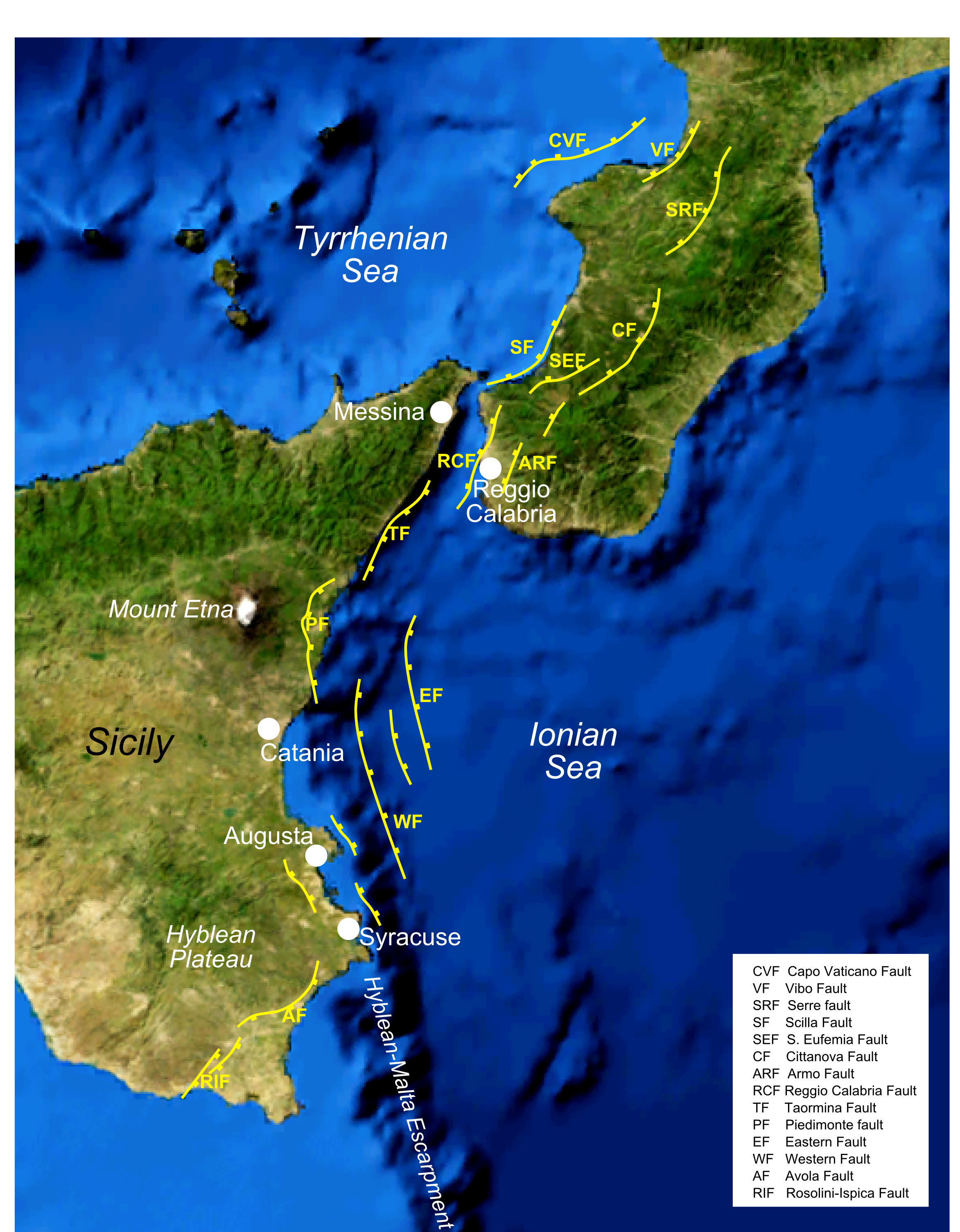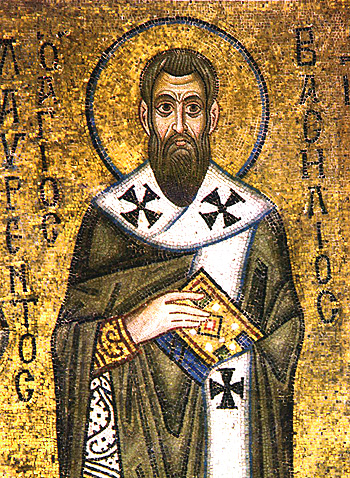|
Naso, Sicily
Naso ( Sicilian: ''Nasu'') is a town and ''comune'' in northeastern Sicily, Italy, administratively part of the Metropolitan City of Messina. As of 2011, it had a population of 4,070. History Origins Naso, a village with roots in the early Middle Ages, was established by people seeking refuge from Arab invasions. The settlement's establishment around the 9th century AD is documented by Carlo Incudine. Residents from neighboring regions, especially Agatirso and Nasida, relocated to higher terrains for safety. Historian Giuseppe Buttà, a Naso native, provides an account: "Naso, often referred to as 'Castel di Naso' by ancient historians, stands on the ruins of Nasida. Located near the present town of Ficarra, Nasida was notable due to Basilian Abbot Conone Navacita, a revered figure from the era of King Roger II. The relics of St. Conone, born under King Roger II and believed to have died in 1236, are preserved here, and he is honored as the town's patron saint." Nearby Cap ... [...More Info...] [...Related Items...] OR: [Wikipedia] [Google] [Baidu] |
Sicily
Sicily (Italian language, Italian and ), officially the Sicilian Region (), is an island in the central Mediterranean Sea, south of the Italian Peninsula in continental Europe and is one of the 20 regions of Italy, regions of Italy. With 4.7 million inhabitants, including 1.2 million in and around the capital city of Palermo, it is both the largest and most populous island in the Mediterranean Sea. Sicily is named after the Sicels, who inhabited the eastern part of the island during the Iron Age. Sicily has a rich and unique culture in #Art and architecture, arts, Music of Sicily, music, #Literature, literature, Sicilian cuisine, cuisine, and Sicilian Baroque, architecture. Its most prominent landmark is Mount Etna, the tallest active volcano in Europe, and one of the most active in the world, currently high. The island has a typical Mediterranean climate. It is separated from Calabria by the Strait of Messina. It is one of the five Regions of Italy#Autonomous regions with s ... [...More Info...] [...Related Items...] OR: [Wikipedia] [Google] [Baidu] |
Patron Saint
A patron saint, patroness saint, patron hallow or heavenly protector is a saint who in Catholicism, Anglicanism, Eastern Orthodoxy or Oriental Orthodoxy is regarded as the heavenly advocate of a nation, place, craft, activity, class, clan, family, or person. The term may be applied to individuals to whom similar roles are ascribed in other religions. In Christianity Saints often become the patrons of places where they were born or had been active. However, there were cases in medieval Europe where a city which grew to prominence obtained for its cathedral the remains or some relics of a famous saint who had lived and was buried elsewhere, thus making them the city's patron saint – such a practice conferred considerable prestige on the city concerned. In Latin America and the Philippines, Spanish and Portuguese explorers often named a location for the saint on whose feast or commemoration day they first visited the place, with that saint naturally becoming the area's patron ... [...More Info...] [...Related Items...] OR: [Wikipedia] [Google] [Baidu] |
Ferdinand I Of The Two Sicilies
Ferdinand I (Italian language, Italian: ''Ferdinando I''; 12 January 1751 – 4 January 1825) was Kingdom of the Two Sicilies, King of the Two Sicilies from 1816 until his death. Before that he had been, since 1759, King of Naples as Ferdinand IV and King of Sicily as Ferdinand III. He was deposed twice from the throne of Naples: once by the revolutionary Parthenopean Republic for six months in 1799, and again by a Invasion of Naples (1806), French invasion in 1806, before being restored in 1815 at the end of the Napoleonic Wars. Ferdinand was born in Naples as the third son of Charles III of Spain, King Charles VII and Maria Amalia of Saxony, Queen Maria Amalia. In August 1759, Charles succeeded his half-brother Ferdinand VI of Spain as King Charles III, but treaty provisions made him ineligible to hold all three crowns. On 6 October, he abdicated his Neapolitan and Sicilian titles in favour of his third son, Ferdinand, because his eldest son Infante Philip, Duke of Calabria, Ph ... [...More Info...] [...Related Items...] OR: [Wikipedia] [Google] [Baidu] |
1693 Sicily Earthquake
The 1693 Sicily earthquake was a natural disaster that struck parts of southern Italy near Sicily, then a territory part of the Crown of Aragon by the Kings of Spain Calabria and Malta, on 11 January at around 21:00 local time. This earthquake was preceded by a damaging foreshock on 9 January. The main quake had an estimated magnitude of 7.4 on the moment magnitude scale, the most powerful in recorded Italian history, and a maximum intensity of XI (''Extreme'') on the Mercalli intensity scale, destroying at least 70 towns and cities, seriously affecting an area of and causing the death of about 60,000 people. The earthquake was followed by a number of tsunamis that devastated the coastal villages on the Ionian Sea and in the Straits of Messina. Almost two-thirds of the entire population of Catania were killed. The Epicenter, epicentre of the disaster was probably close to the coast, possibly offshore, although the exact position remains unknown. The extent and level of destruction ... [...More Info...] [...Related Items...] OR: [Wikipedia] [Google] [Baidu] |
Roger I Of Sicily
Roger I (; ; ; Norse: ''Rogeirr''; 1031 – 22 June 1101), nicknamed "Roger Bosso" and "Grand Count Roger", was a Norman nobleman who became the first Grand Count of Sicily from 1071 to 1101. As a member of the House of Hauteville, he participated in several military expeditions against the Emirate of Sicily (beginning in 1061). He was later invested with part of Sicily by his brother, Robert Guiscard, Duke of Apulia, in 1071. By 1090, he had conquered the entire island. In 1091, he conquered Malta. The state he created was merged with the Duchy of Apulia in 1127 and became the Kingdom of Sicily in 1130. His descendants in the male line continued to rule Sicily down to 1194. Early life Roger was born in Normandy, probably in the village of Hauteville-la-Guichard, of which his father was ''seigneur''. He was the youngest son of Tancred de Hauteville and his second wife Fressenda. Through his mother he was possibly grandson of Richard the Fearless. Little is known abou ... [...More Info...] [...Related Items...] OR: [Wikipedia] [Google] [Baidu] |
Diodorus Siculus
Diodorus Siculus or Diodorus of Sicily (; 1st century BC) was an ancient Greece, ancient Greek historian from Sicily. He is known for writing the monumental Universal history (genre), universal history ''Bibliotheca historica'', in forty books, fifteen of which survive intact, between 60 and 30 BC. The history is arranged in three parts. The first covers mythic history up to the destruction of Troy, arranged geographically, describing regions around the world from Egypt, India and Arabia to Europe. The second covers the time from the Trojan War to the death of Alexander the Great. The third covers the period to about 60 BC. ''Bibliotheca'', meaning 'library', acknowledges that he was drawing on the work of many other authors. Life According to his own work, he was born in Agira, Agyrium in Sicily (now called Agira). With one exception, classical antiquity, antiquity affords no further information about his life and doings beyond his written works. Only Jerome, in his ''Ch ... [...More Info...] [...Related Items...] OR: [Wikipedia] [Google] [Baidu] |
Aeolus
In Greek mythology, Aiolos, transcribed as Aeolus (; ; ) refers to three characters. These three are often difficult to tell apart, and even the ancient mythographers appear to have been perplexed about which Aeolus was which. Diodorus Siculus made an attempt to define each of these three (although it is clear that he also became muddled), and his opinion is followed here. * The first Aeolus (son of Hellen), Aeolus was a son of Hellen and the eponymous founder of the Aeolians, Aeolian race. * The second Aeolus (son of Poseidon), Aeolus was a son of Poseidon, who led a colony to islands in the Tyrrhenian Sea. * The third Aeolus (son of Hippotes), Aeolus was a son of Hippotes who is mentioned in the ''Odyssey'' and the ''Aeneid'' as the ruler of the winds. All three men named Aeolus appear to be connected genealogically, although the precise relationship, especially regarding the second and third Aeolus, is often ambiguous as their identities seem to have been merged by many ancie ... [...More Info...] [...Related Items...] OR: [Wikipedia] [Google] [Baidu] |
Capo D'Orlando
Capo or capos, may refer to: Designation, akin to captain *Capo, short for ''Caporegime A ''caporegime'' or ''capodecina'', usually shortened to ''capo'' or informally referred to as "captain", "skipper" or "lieutenant", is a leadership position in the Mafia (both the Sicilian Mafia and Italian-American Mafia). A ''capo'' is a "made m ...'', a rank in the Mafia *'' Capo dei capi'', or ''capo di tutti capi'', Italian for "boss of bosses", a phrase used to indicate a powerful individual in organized crime * Capo (concentration camp), a prisoner who supervised forced labor or carried out tasks delegated by Nazi guards People * Capo (surname) * Pedro Capó, also known as Capó, singer-songwriter from Puerto Rico * Capo (rapper) (born 1991), German rapper * Jim Jones (rapper) (born 1976), also known as CAPO, American rapper * Los Capos, Mexican Lucha Libre pro-wrestlers Places * Acquarica del Capo, town and commune in the Italian province of Lecce in the Apulia region of southeast It ... [...More Info...] [...Related Items...] OR: [Wikipedia] [Google] [Baidu] |
Roger II Of Sicily
Roger II or Roger the Great (, , Greek language, Greek: Ρογέριος; 22 December 1095 – 26 February 1154) was King of Kingdom of Sicily, Sicily and Kingdom of Africa, Africa, son of Roger I of Sicily and successor to his brother Simon, Count of Sicily, Simon. He began his rule as Count of Sicily in 1105, became Duke of Apulia and Calabria in 1127, then King of Sicily in 1130 and Ifriqiya#Norman kings of the Kingdom of Africa (Ifriqiya), King of Africa in 1148. Background By 999, Normans, Norman adventurers had arrived in southern Italy. By 1016, they were involved in the complex local politics, where Lombards were fighting against the Byzantine Empire. As mercenaries they fought the enemies of the Italian city-states, sometimes fighting for the Byzantines and sometimes against them, but in the following century they gradually became the rulers of the major polities south of Rome. Roger I ruled the County of Sicily at the time of the birth of his youngest son, Roger, a ... [...More Info...] [...Related Items...] OR: [Wikipedia] [Google] [Baidu] |
Metropolitan City Of Messina
The Metropolitan City of Messina () is a metropolitan city in Sicily, Italy. Its capital is the city of Messina. It replaced the province of Messina and comprises Messina and 107 other ''comuni'' (: ''comune''). It has 595,948 inhabitants as of 2025. According to Eurostat in 2014, the FUA of the metropolitan area of Messina had 277,584 inhabitants. The nearby archipelago of Aeolian Islands is also administratively a part of the Metropolitan City of Messina. History It was first created by the reform of local authorities (Law 142/1990) and then established on 15 August 2015. Geography The metropolitan city borders with the Metropolitan City of Palermo (the former province of Palermo), the Metropolitan City of Catania (the former province of Catania) and the province of Enna. Part of its territory includes the Metropolitan area of the Strait of Messina, shared with Reggio Calabria. It had an area of , which amounts to 12.6 percent of total area of the island, and a to ... [...More Info...] [...Related Items...] OR: [Wikipedia] [Google] [Baidu] |
Basilian Monks
Basilian monks are Greek Catholic monks who follow the rule of Basil the Great, bishop of Caesarea (330–379). The term 'Basilian' is typically used only in the Catholic Church to distinguish Greek Catholic monks from other forms of monastic life in the Catholic Church. In the Eastern Orthodox Church, all monks follow the Rule of Saint Basil, and so do not distinguish themselves as 'Basilian'. The monastic rules and institutes of St. Basil are important because their reconstruction of monastic life remains the basis for most Eastern Orthodox and some Greek Catholic monasticism. Benedict of Nursia, who fulfilled much the same function in the West, took his ''Regula Benedicti'' from the writings of Basil and other earlier Church Fathers. Rule of St. Basil Under the name of Basilians are included all religious following the Rule of St. Basil. [...More Info...] [...Related Items...] OR: [Wikipedia] [Google] [Baidu] |
Ficarra
Ficarra is a ''comune'' (municipality) in the Metropolitan City of Messina in the Italian region Sicily, located about east of Palermo and about west of Messina, in the Monti Nebrodi. It is surrounded by woods of hazel and olive trees. History Ficarra is believed to be Mediaeval in origin, possibly during the Muslim Emirate of Sicily. The name may be derived from the Arabic ''Fakhar'' (meaning: glorious), or the Sicilian ''Ficara'' (meaning: a field of figs). Main sights *Convent of the Minor Friars of St. Francis, dating to 1522 *Sanctuary of the Annunziata (15th century) *Jail Fortress, originating as a watch tower and later turned into an austere stone fortress with square plan. It was damaged by bombs during World War II. Notable people * Giacinto Artale (1906–1970) *Daniel Ricciardo - paternal family hails from the comune. Twin towns * Vigevano Vigevano (; ) is a (municipality) in the province of Pavia, in the Italian region of Lombardy. A historic art town, it ... [...More Info...] [...Related Items...] OR: [Wikipedia] [Google] [Baidu] |




